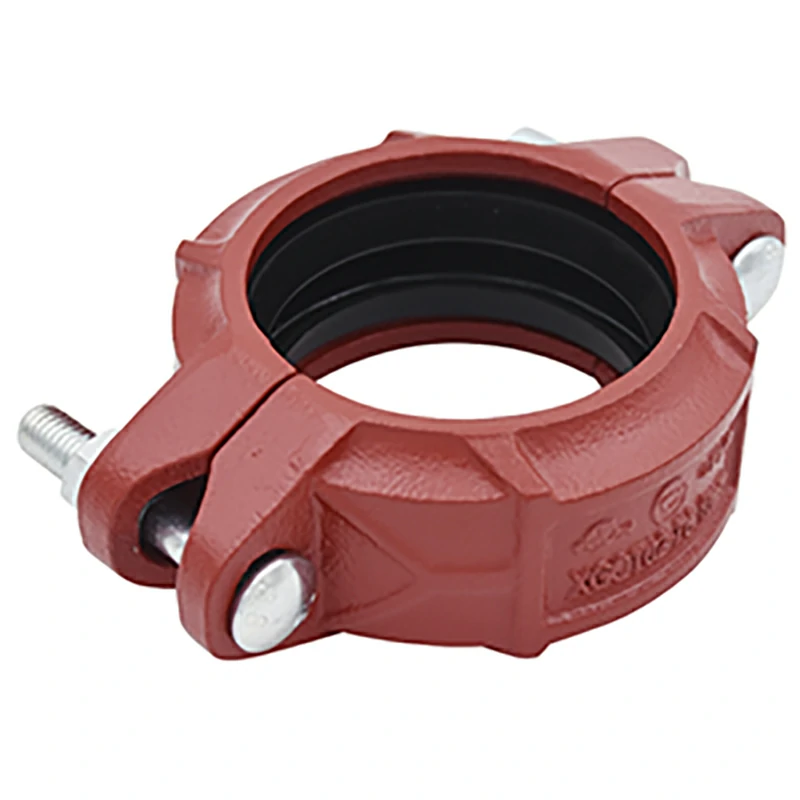The primary purpose of the bonnet in a rigid coupling is to provide protection, support, and alignment for the coupling bolts and nuts, as well as to enhance the overall integrity and safety of the coupling assembly.
Here are some specific functions and benefits of the bonnet in a rigid coupling:
- Protection: The bonnet serves as a protective cover for the coupling bolts and nuts, shielding them from external elements, environmental factors, and mechanical damage. By enclosing the bolted connection, the bonnet helps prevent corrosion, contamination, and physical impact that could compromise the integrity of the coupling assembly.
- Safety: The bonnet enhances safety by preventing accidental contact with the exposed coupling bolts and nuts, reducing the risk of injury to personnel or damage to equipment. By securely covering the bolted connection, the bonnet helps maintain a safe working environment and minimizes the potential for accidents or injuries during installation, maintenance, or operation of the coupling.
- Alignment: The bonnet helps maintain proper alignment and spacing of the coupling bolts and nuts, ensuring uniform bolt tension and load distribution across the coupling assembly. By securely housing the bolts and nuts within the bonnet, it helps prevent misalignment, loosening, or distortion of the bolted connection, which could lead to reduced coupling performance or premature failure.
- Stability: The bonnet provides structural support and stability to the coupling assembly, rigid coupling types helping to resist dynamic forces, vibrations, and mechanical loads encountered during operation. By securely fastening the bolts and nuts within the bonnet, it helps minimize movement, flexing, or deformation of the coupling components, thereby enhancing the overall stability and reliability of the coupling assembly.
- Ease of Installation and Maintenance: The bonnet design facilitates ease of installation and maintenance by providing convenient access to the coupling bolts and nuts. By allowing for quick and straightforward removal of the bonnet cover, personnel can easily inspect, tighten, or replace the bolts and nuts as needed, without the need for specialized tools or equipment.
Overall, the bonnet plays a crucial role in enhancing the performance, safety, and longevity of a rigid coupling assembly by providing protection, support, alignment, and stability to the coupling bolts and nuts. It helps ensure the proper functioning of the coupling under various operating conditions and helps maintain a secure and reliable connection between the coupled shafts or components.
